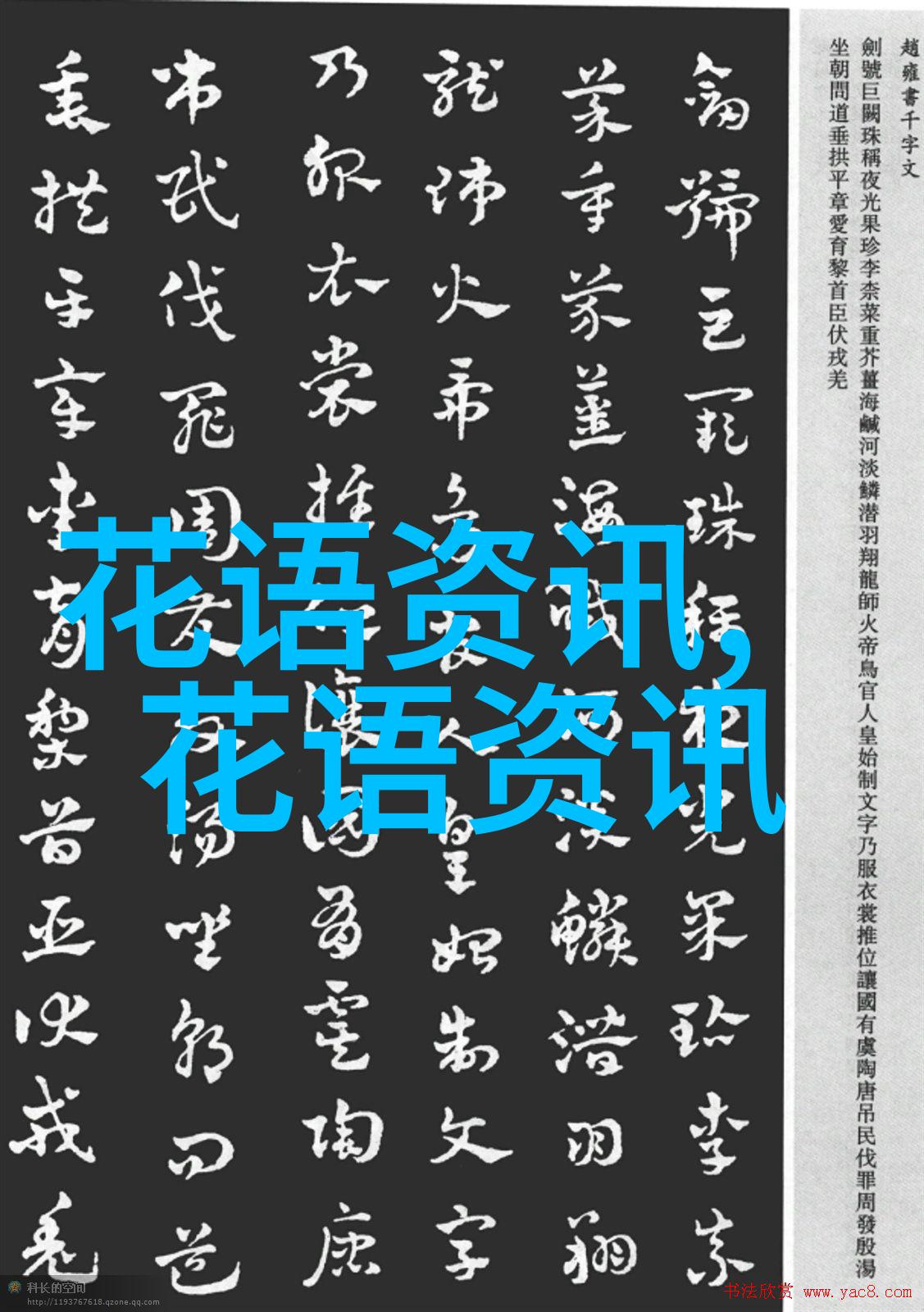 雅各布布·贝利尼(Jacopo Bellini)高清作品《The Madonna of Humility adored by Leonello dEste》
雅各布布·贝利尼(Jacopo Bellini)高清作品《The Madonna of Humility adored by Leonello dEste》
作品名:The Madonna of Humility adored by Leonello dEste
原名:谦卑的圣母崇拜的埃斯滕泽家族的王子
艺术家:雅各布布·贝利尼
年代:意大利c.1450;
风格:早期文艺复兴
类型:宗教绘画
介质:油画,面板
标签:教、名人、Jesus Christ、童贞子、列奥尼洛德·D·埃斯特、Virgin Mary
尺寸:60.2 x 40.1 cm
收藏:法国巴黎Louvre
《谦卑的》中,贝里尼将哥特式传统与早期文艺复兴的发展结合在一起。请注意麦当娜下摆上的伪库菲克手稿,它是一种受阿拉伯语影响的手稿,在文艺复兴艺术中经常用来表示这个角色来自圣地。菲利普·里皮和安东尼奥·维瓦里尼都是文艺复兴早期的画家,他们在同一时期对麦当娜的人物使用了类似的文字。伪库菲克手稿可以追溯到11世纪和12世纪,但是直到意大利画家开始在他们的绘画中广泛地使用它,成为早期文艺复兴艺术的一个典型元素,它才被广泛地融入绘画中。
Title:The Madonna of Humility adored by Leonello dEste
Original Title:La Madonna dellUmiltà adorata da un principe della casata Estense
artist:Jacopo Bellini
Date:c.1450; Italy
Style:Early Renaissance
Genre:religious painting
Media:oil,panel
Tag:Christianity,famous-people,Jesus-Christ,Virgin-and-Child,Leonello-dEste,Virgin-Mary
Dimensions:60.2 x 40.1 cm
Location:Louvre, Paris, France
In the Virgin of Humility, Bellini incorporates Gothic traditions with his early Renaissance developments. Notice the Pseudo-Kufic script on the hem of the Madonna, which is a script with Arabic influences, often used in Renaissance art to indicate that the character was from the holy land. Filipo Lippi and Antonio Vivarini, both early Renaissance painters, used similar scripts on their Madonna figures within the same time period. Pseudo-Kufic script dates back to the 11th and 12th centuries, but it was not widely incorporated into paintings until Italian painters began using it widely in their paintings, becoming a typical element of early Renaissance art.


